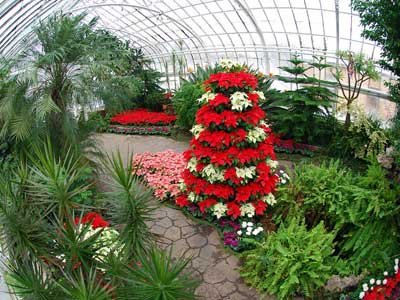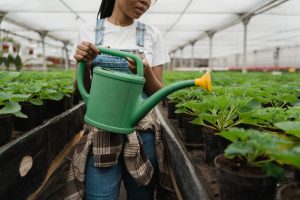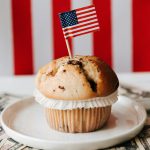As we wait for Congress to return from vacation and take up the stalled farm bill — or perhaps pass an extension — there’s another aspect of agriculture that, aside from Christmas trees, often gets overlooked this time of year: plants and flowers for seasonal décor.
Live or real Christmas trees still are a $1 billion a year business in the U.S., according to this fact sheet from the National Christmas Tree Association, and outpace the annual sales of fake trees by about 24.5 million to nearly 11 million. (But presumably, each artificial tree sale substitutes for a live tree for some years to come, so I’m not sure that comparison really shows the relative strength of the two markets.)
I’ve seen no analysis but would assume that an aging population, the increasing number of single-person homes and more people inclined to travel over the holiday season contribute to the challenges facing live tree growers. You might look at how your area’s growers, if any, are countering this with promotions, or attractions like Santas and sleigh rides to lure consumers to their lots, or even by breeding trees that last longer indoors. Here’s a Freakonomics report that outlines some other industry issues.
But beyond “O Tannenbaum,” a number of other plants and fruits make up the traditional holiday celebration, and aside from the occasional colorful feature about pointsettia growers, you don’t hear much about it. Yet the sale of plants and specialty produce are important to growers and have ripple benefits for retailers, freight and delivery companies, food processors and other small- and medium-sized businesses. Why not root out some of the decorative (vs. edible) plant products that are important in your region, for a holiday horticulture feature? From company profiles to technology (“perishable logistics” is an interesting shipping specialty that has its own trade shows, professional association and even a LinkedIn network) to the economy, there’s probably a story here for just about any business beat.
The U.S. Department of Agriculture’s 2007 Agricultural Census data is getting to be a bit old but still can help point you to important industries in your region; go to the page for your state’s data and then scroll down to the PDF for Table 37; most of what you seek will be in this round-up of “Nursery, Greenhouse, Floriculture, Sod, Mushrooms, Vegetable Seeds, and Propagative Materials Grown for Sale.” There are even county level reports and a ZIP-code searchable engine; Census specialists can help you narrow down your search by crop as well. Also the Horticultural Specialty census from 2009 will provide state-level data on the cultivation of specific products, such as holly or other cut greens. Obviously trade association and your state’s agricultural extension service are other sources of statistics.
Other angles:
“Green” holiday plants. In addition to organics — demand for pesticide-free trees and decorative plants — take a look at the market for fresh greenery. Again, it’s anecdata, but I seem to observe a lot of households substituting evergreen garland, roping and fresh wreaths for the more cumbersome trees. This “Holiday Greenery Enterprise” fact sheet from the Maryland Cooperative Extension service says the market for such plant matter has “exploded” in that region.
Within this market you could look at residential sales, municipal and commercial use (malls, downtown storefronts) and use by caterers and other entertaining professionals. I wonder about cemetery decorations — how is that tradition holding up, and the associated spending by families, with more and more people living far from loved ones’ gravesites?
Finally, gifts of flowers and greens make up a big share of florists’ and flower distributors’ annual sales — about 30 percent, according to this fact sheet from About Flowers, the information site of the Society of American Florists. Might be a good time to look at trends among independent operators of floral shops, as well as concessions within supermarkets, malls and the like — how do florists fare outside of funeral and holiday business, since the recession? And for logistics stories, check in with the Wholesale Florist Supplier Association (and look for state associations related to both trade groups) which might have insight about global growing trends, pricing, regional preferences and technology.










